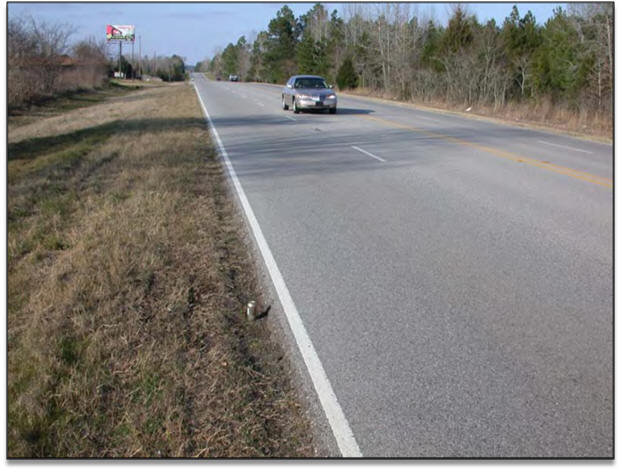Project 0-4396e
Practices for Pavement Edge Maintenance
Abstract
The objectives for this research – to identify and to effectively communicate best
practices for pavement edge maintenance – were accomplished by capturing over 3700
years of institutional knowledge from maintenance leaders representing all 25 Districts
of TxDOT. The research focuses on maintenance practices for naturally-occurring edge
drop-offs with an emphasis on low-volume roads. The key factors causing edge drop-offs
are narrow road width/ absence of shoulders, traffic volume/type, and adverse environmental
conditions. Tracy's Law, "If you lose the edge, you lose the road," provides a key
perspective on meeting these challenges and emphasizes that good edge maintenance
strategy is not only important in achieving good roads, but without good edge maintenance,
a District cannot achieve good roads. Edge maintenance practices and procedures fall
into three broad categories: awareness, preventive maintenance, and edge repair techniques.
Road widening – both in-house using TxDOT forces and by formal contract – emerged
as the ultimate practice for long-term treatment of edge problems. Districts use conventional,
in-house-modified, and commercially manufactured equipment specifically dealing with
pavement edge maintenance to address the edge drop-off issue. Due to the significant
financial resources devoted to pavement edge maintenance, several tools are used to
better plan and allocate edge
maintenance funds

Project PI: William D. Lawson, Ph.D., P.E.
Project Co-PI: M. Shabbir Hossain
Center for Multidisciplinary Research in Transportation (TechMRT)
-
Address
Texas Tech University, Box 41023, Lubbock, TX 79409-1023 -
Phone
806.742.3523 -
Email
techmrt.outreach@ttu.edu
